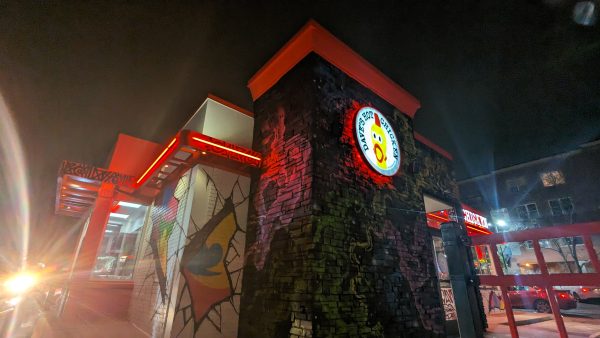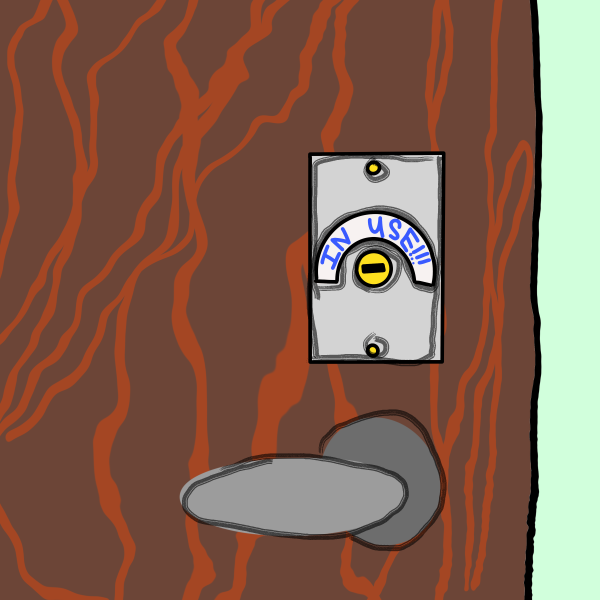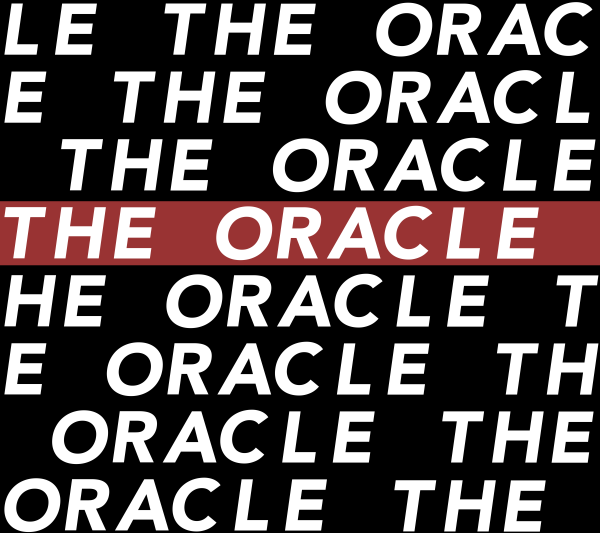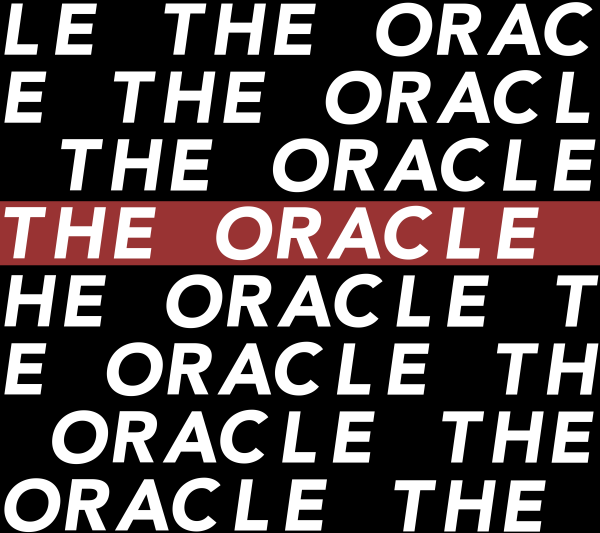A new Democratic-Farmer-Labor Party
Sweeping midterm gains for the DFL on the back of a new constituency mean the loss of its radical roots.
December 6, 2018
Karin Housley and Tina Smith agreed on many things as both vied for the hearts and minds of greater Minnesota, and they even agreed that the current immigration system was in serious need of reform. Republican candidate and Minnesota State Senator Housley adopted a hard-on-immigration stance which mirrored President Trump’s recent pronouncement of an oncoming Central American caravan as a national security threat. “Criminals and unknown Middle Easterners are mixed in,” Trump said on Oct. 22. Likewise, Housley applauded his suggestions of domestically mobilizing troops to dissuade migrants and refugees from legally seeking asylum.
As Professor David Schultz said on Nov. 8 at the Political Science Department’s Midterm Panel, Minnesotan Republicans pushed immigration hard right alongside the national party, and it failed. For the most part, the largest and most populous of the 8th District’s counties swung toward Tina Smith, who won handily by a 10-point margin. The 8th District, comprising Duluth and the Iron Range, was amongst the sturdiest of Democratic strongholds for nearly a century. Socialist Scandinavians populated the lumber camps and iron mines of the 8th. The Chairman of the American Communist Party and its four-time presidential nominee, Gus Hall, was from Hibbing. Out of Duluth the social democratic Farmer-Labor Party had emerged in 1918 with the express purpose of uniting rural farmers with urban laborers as an oppressed class under the thumb of business and industry elites.
In 1944 Hubert Humphrey merged the Minnesota Democratic Party with the Minnesota Farmer-Labor Party to form the Democratic-Farmer-Labor (DFL), an integration process which was marked by repeated efforts to snuff out the Northern Communist and Socialist influencers in the party. Even so, the DFL was always defined by its acronyms: Democratic, Farmer, Labor. Those descriptors were of both its constituents and its traditional strongholds. As one political commentator remarked: it used to be that every DFL politician had a cornfield in their district. Now every DFL politician has a Whole Foods in their district. Chip Cravaack might have been an anomaly, but Trump and 2016 proved without a doubt that the 70-year leftist citadel was changing — he won the 8th district by 26 points. The Minnesota 8th was one of the first districts President Trump visited in his campaigning for the 2018 midterms. On midterm election night 2018, Republican Pete Stauber won handily over the DFL’s Joe Radinovich.
Minnesota Democrats did remarkably well in the 7-county Metro area and its periphery suburbs; even managing to flip the Republican 2nd — South St. Paul to just north of Rochester — and 3rd — Minnetonka, Edina and Bloomington. Plainly, the state reflected national shifts in the Democratic party: support coming primarily from urban populations alongside predominantly white, affluent, educated suburbs. This indicates a new generation of suburbanite who is younger and more socially liberal.
The conservative pull of the union-strong, socialist north comes at least partially from the efforts of the last truly class-conscious president (at least according to labour historian Jefferson Cowie), Richard Nixon. In interviews with MPR, Pine City farmers lamented that “too many people get a free handout,” in all-too similar a vein as the rabid fear of “welfare queens” (read: black single mothers) that fermented Nixon’s ‘New Majority’ in 1972.
Likewise, something else is at play. As Professor Schultz hinted at, it is a critical realignment. The ‘Farmer’ and ‘Labor’ in ‘DFL’ grows increasingly in question as this realignment sees a democratic base withdraw from the rural farmer-union districts and into affluent suburbs. “These people think we’re stupid because we live here,” Phil Smith of Mille Lacs told MPR, “I’ve been called a hick, a hillbilly and a dumbass because I live here.”
Both Nancy Isenberg and Cowie have written about the long history of America’s demonization of the working poor into a veritable “breed” all their own. In Minnesota more than most other states, this division between rural and urban citizens is palpable. Cosmopolitan neoliberalism has no place in the broader post-2016 political scene, where DFL strategists hedge their bets on this new party coalition increasingly centered around the affluent suburbs. Minnesota: where the most successful third party in American history has transubstantiated into the neoliberal order, itself a victim of the long battle to stomp out dissent.





